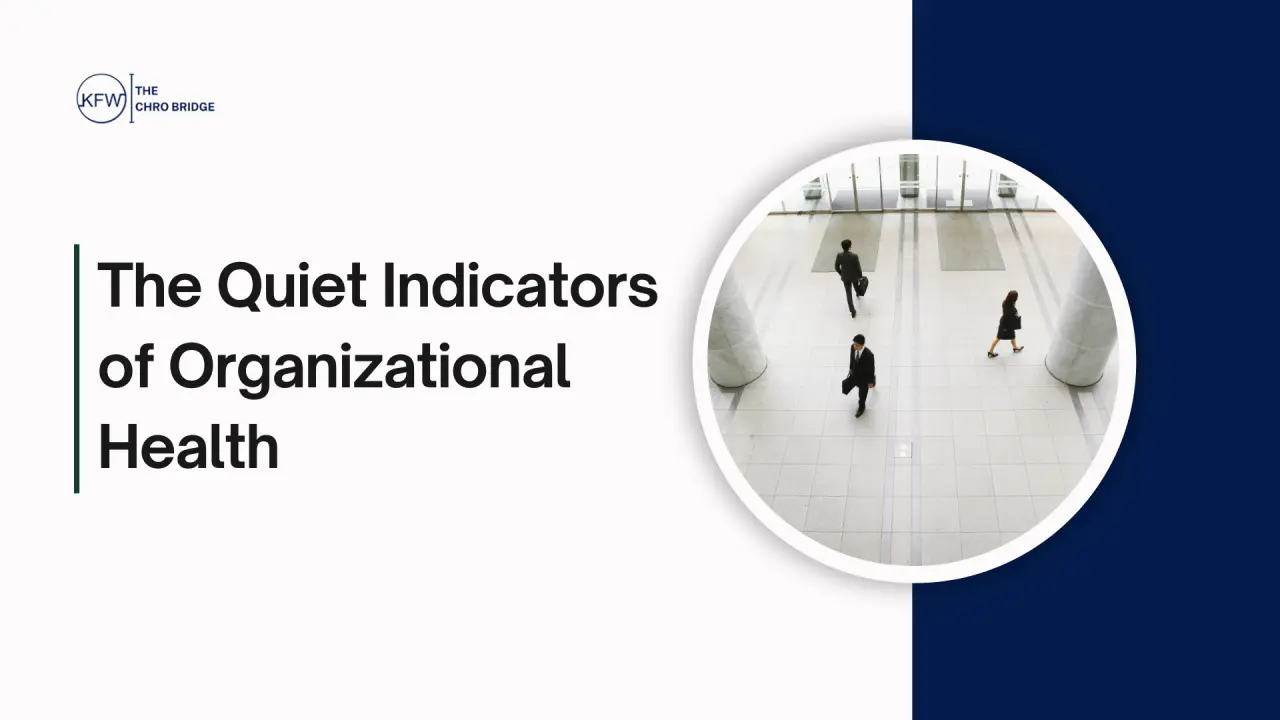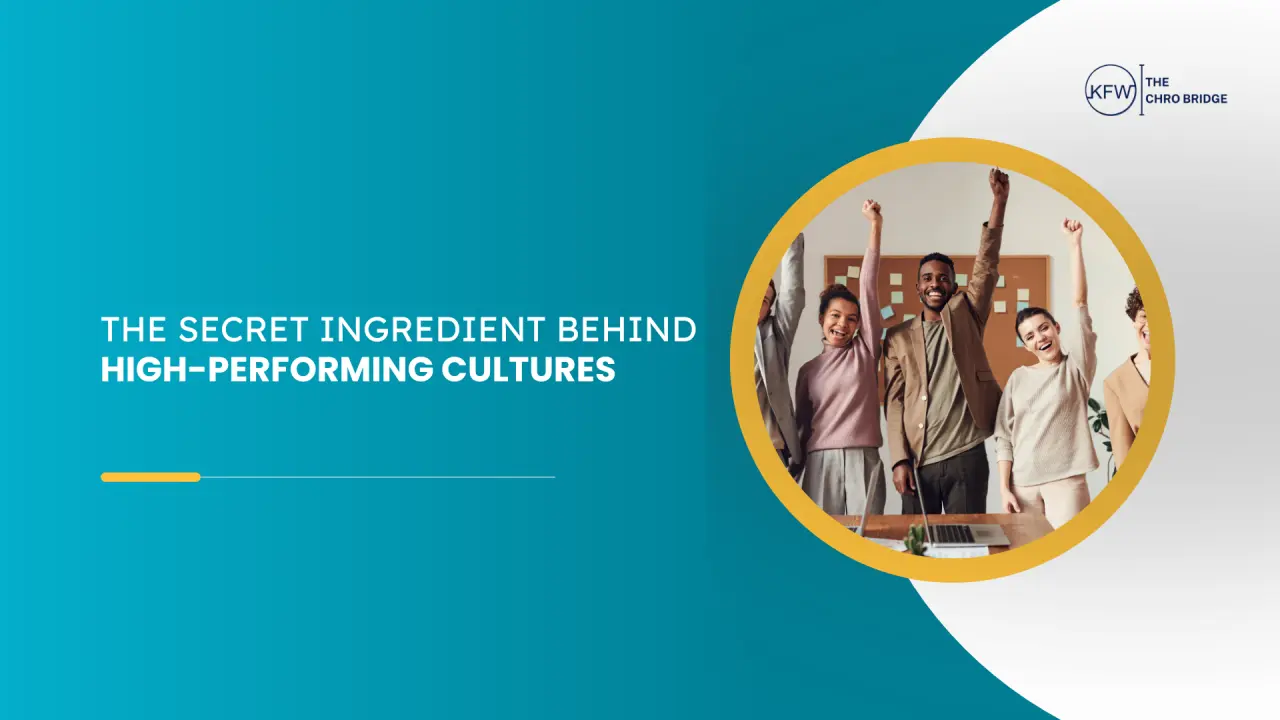The Quiet Indicators of Organizational Health

A neighbour once had a large aquarium - blue lights, exotic fish, and perfect symmetry. From a distance, it looked flawless. One morning, a curious young boy noticed him with his hands deep in the tank, scrubbing pebbles and cleaning corners. When asked why he was bothering with something that already appeared clean, he smiled and said, "If the glass is clear, people think it's healthy. But if you don't check the filter, it starts dying quietly."
It's one of those lines that stays with you long after.
The Illusion of HealthCompanies are often much the same. From the outside, they appear robust: strong revenues, engaged teams, polished client presentations. Yet beneath the surface, unseen issues can quietly impede progress. Disengagement that surveys never reveal, a culture of politeness that stifles honest debate, or a handful of people quietly carrying the real weight while others drift along comfortably - all can exist unnoticed.
Leaders frequently focus on what is visible - the glass. Numbers, dashboards, reports, and updates. These show how the water appears, but not what is truly alive within it.
The Invisible Current
Every organization has an invisible current - the flow of trust, energy, and information that determines whether people thrive or merely endure. It reveals itself in subtle ways: how teams speak about clients when no one is listening, who dares to voice dissent, how quickly critical truths reach decision-makers. When that current is blocked, work continues, but it feels heavier, slower, transactional. Output exists; vitality does not.
From Observation to ImmersionThe leaders who truly understand their companies do not simply observe from a distance - they immerse themselves. They walk the corridors, catch stray comments, and notice silences. They ask questions without knowing the answers and listen to what often goes unsaid.
Understanding a company is not about collecting more data or exerting control. It is about sensing - interpreting the tone behind words, noticing discomfort in a pause, recognizing patterns in repeated behaviours. Real insight begins when assumptions are set aside and attention turns to what has been overlooked.
ReflectionThe essential question becomes: if someone had to clean the company's filter, where would they start? What quietly obstructs the flow - a policy, a mindset, or a habit of silence?
Surface clarity does not guarantee vitality beneath. Leadership at its best is not about keeping the tank spotless - it is about keeping it alive.
Sometimes the most important question a leader can ask is simple: "What am I missing because I am only looking at the glass?"






